It’s like a scene that reads from an
adventure movie. Hillsides littered with gold artefacts, prized ornaments, bricked
up hoards of glassware, and tombs of an esteemed warrior and his princesses. ‘Afghanistan:
Hidden Treasures from the National Museum, Kabul’ is a discovery trail of centuries-old riches. However, this exhibition
also shows a side of Afghanistan that many Australians don’t usually see.
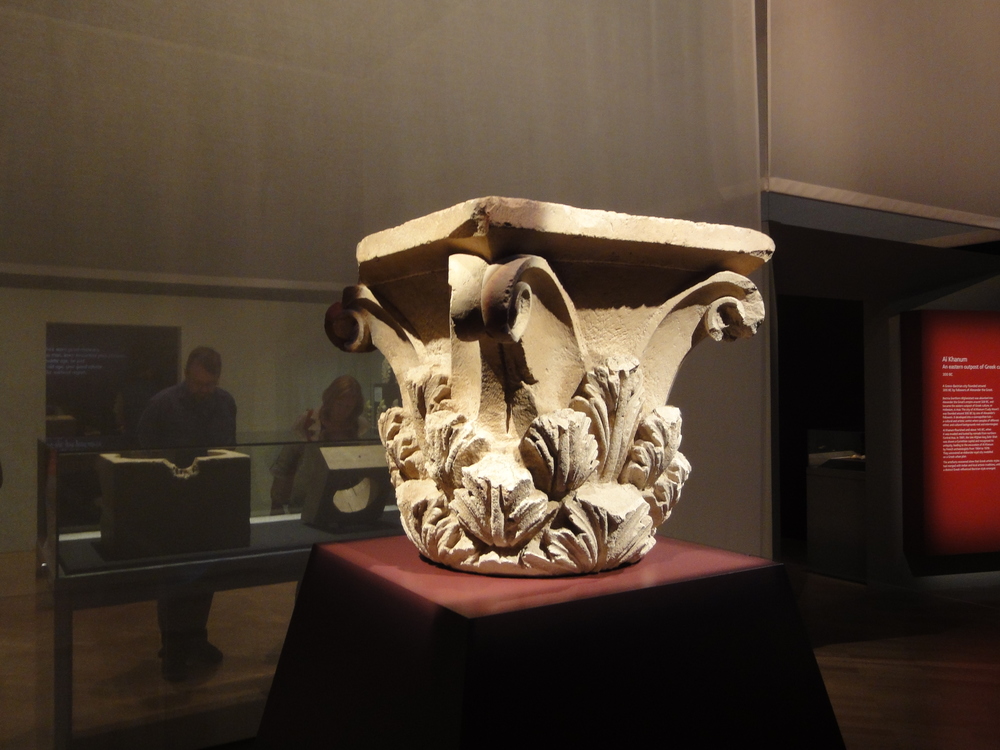
Not only can visitors find a treasure
trove of gold and precious artefacts here. They can walk through Afghanistan’s
history as a central hub along the Silk Road trade route during a time when ruler
Alexander the Great was roaming the earth. The exhibition is also, importantly,
the cultural legacy of a team of “key-holders” from the National Museum in
Kabul who risked their lives to hide thousands of priceless pieces during some
of Afghanistan’s darkest days of war in recent times.
Across four intriguing
rooms, each representing significant archaeological sites discovered in northern
Afghanistan, ‘Afghanistan: Hidden Treasures from the National Museum, Kabul’
brings its visitors closer to the secrets of Afghanistan’s Silk Road and
cultural roots, and the suspense surrounding the ancient region of Bactria.
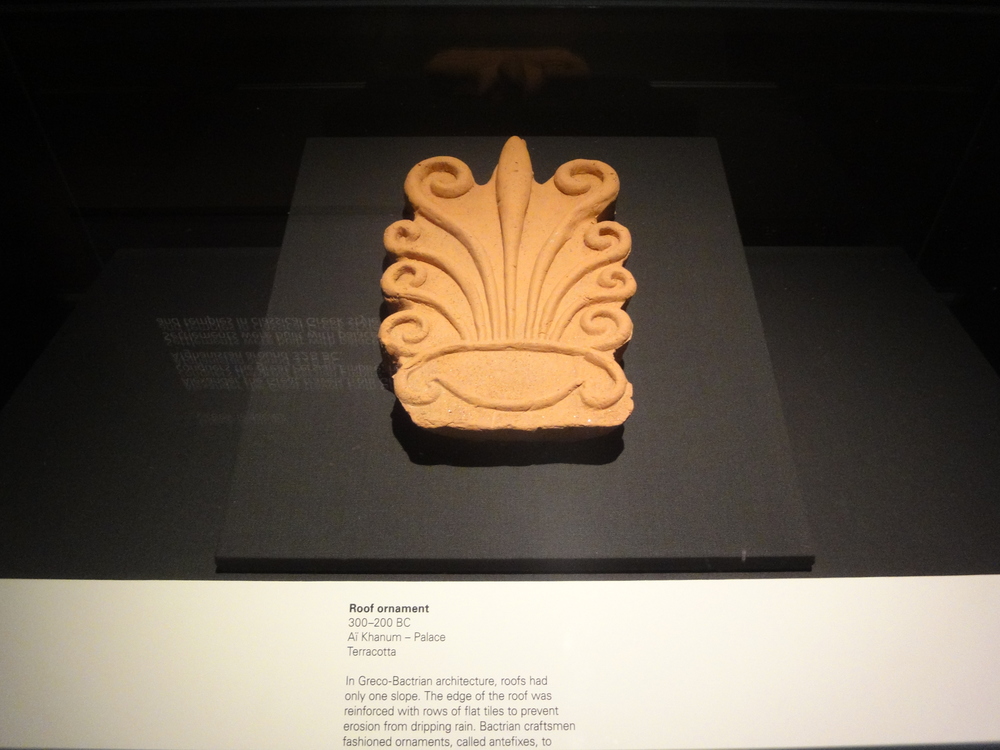
Tepe Fullol
Visitors step into Tepe Fullol, originally
an urban settlement that existed over 6,000 years ago. Remnants of this
settlement, nestled on the banks of the Oxus River, reveal a time when the
rugged, arid mountain ranges of the Hindu Kush were tamed by farming methods.
During the Bronze Age, settlers took advantage of natural resources on hand,
such as copper, tin, gold, and garnet, to expand their villages into thriving,
urbanised areas for fortified buildings. Limestone carvings from ancient façades
tell of the opulence and intricacy of this area that was built by wealthy
farmers.

Aï Khanum
Aï Khanum is where visitors witness Greek
influence in this part of Afghanistan. At this eastern Silk Road outpost,
archaeologists discovered a city that replicated Greek urban plans. A gymnasium
was found, a beacon of knowledge represented by an impressive double-sided
sundial that’s on show among valuable sculptures, bowls, spouts and chair legs
carved out of ivory. A ceremonial plate, depicting the Greek goddess Cybele, is
one of the oldest pieces in the collection and a symbol of a time when people
died without regret.
This extravagant city also revealed a flourishing,
cosmopolitan setting; a destination for people to share artistic and cultural
influences, confirmed by artefacts exhibiting Indian influences. During this
time, from about 328BC, the Silk Road was operating at its optimum – traders rapidly
buying and selling luxury goods from faraway lands. Aï Khanum, or ‘Lady Moon’, thrived
until about 145BC when it was looted by nomads from Central Asia.
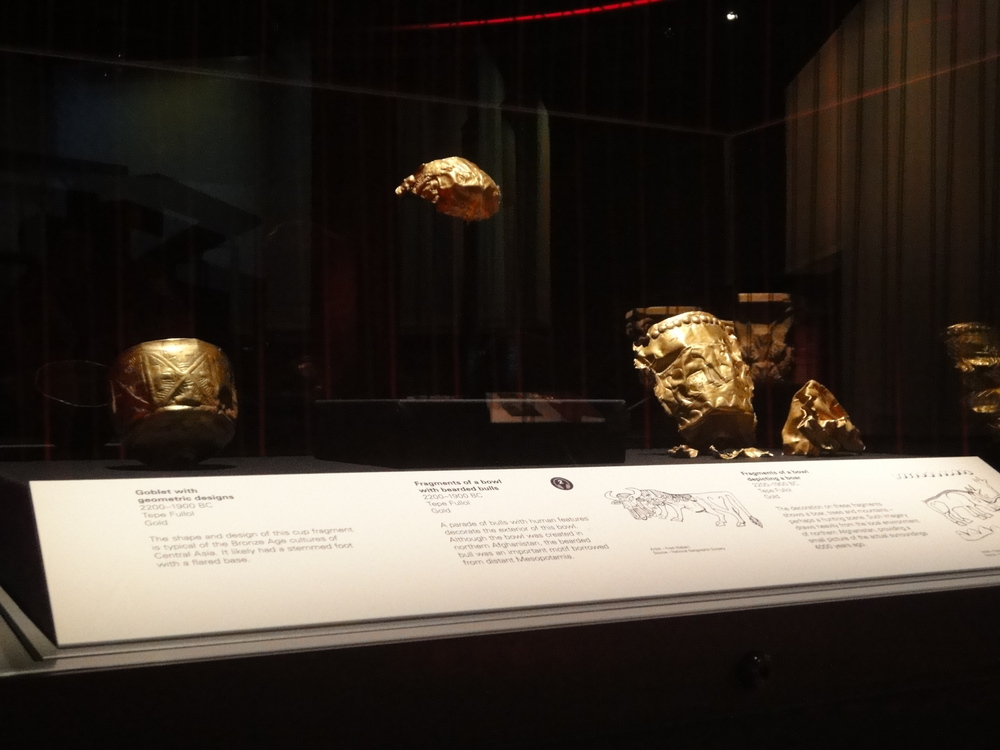
Begram
The ancient city of Begram became another
point of excitement for archaeologists when a merchant house was discovered
during excavations in the 1930s and 1940s. Rooms were crammed with trade
objects, bronze, glassware and stone, indicating the city’s importance as a
manufacturing and trade centre that extended as far as the Ganges River Valley.
Each room was bricked up, and it was assumed that merchants were to return to
gather their valuable goods. But they never did. What they left behind was a
bounty of timeless items such as blown glass vessels shaped as fishes, drinking
horns, drinking cups, vases depicting scenes of battle and date harvesting. One
enamelled glass drinking vessel stands proudly in a cabinet, its colourful
artwork reminiscent of Roman Egypt. A bronze aquarium, complete with moving
parts, is another genius piece for visitors to wonder over.
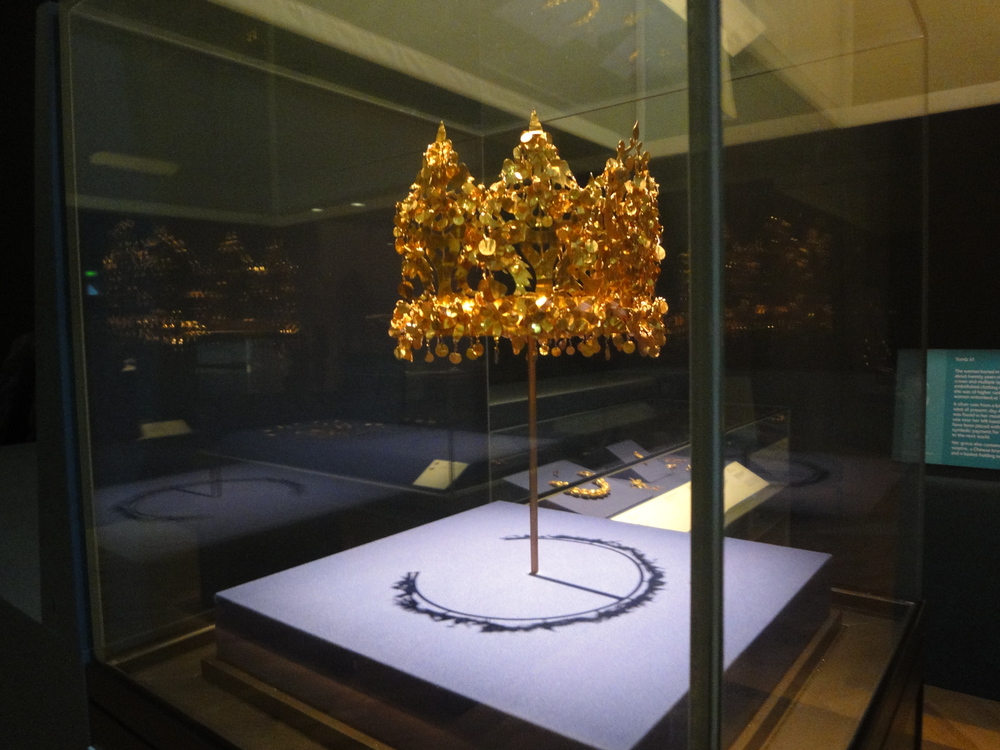
Tillya Tepe
Tillya Tepe, meaning ‘Hill of Gold’, provides
visitors to the exhibition even more splendour, opulence and amazement. When archaeologist
Viktor Sarianidi discovered this site, he was plucking gold hair pendants and
jewellery out from the hills with his fingers. What he also uncovered was a
series of tombs, each housing a high-ranking nomadic warrior and his five
princesses. One princess was found in a coffin carved from a single log,
indicating her Central Asian origins. These corpses were found adorned and lying
in state ready for an afterlife.
It’s not known how these esteemed nomads died,
but it was clear that nomads from this era wore their wealth and were open to
influences during their travels. So, it was natural for Sarianidi and his team
to discover pieces embodying a culmination of Indian, Roman, Siberian and
Chinese styles made from gold, turquoise and precious gems. What’s also surprising
about the pieces on display here, from gold shoe soles to an elaborate
collapsible crown and a rare iron and gold dagger, is the scale of objects
discovered. More gold was found in these tombs than in the tomb of Egyptian
Pharaoh King Tutankhamun.
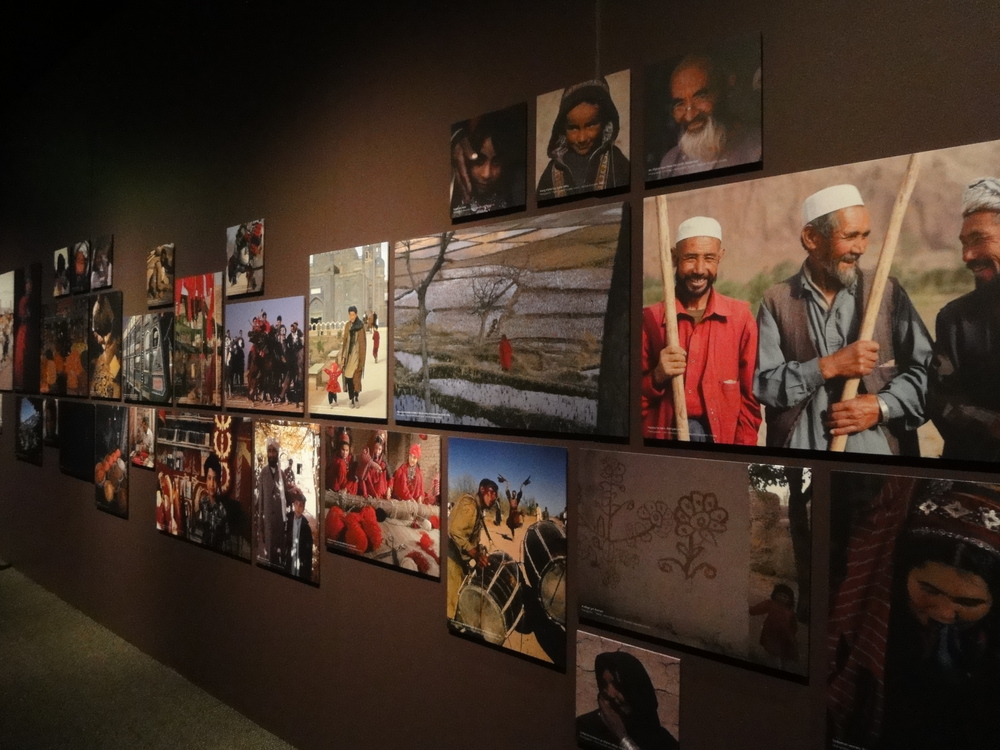
After his excavation of the area in the
late 1970s, Sarianidi was forced to flee Afghanistan due to war. These
treasures were later transferred from the National Museum in secret and housed
in vaults at the Presidential Palace and Ministry of Information and Culture by
a group of museum workers, named the “key-holders”. The workers, determined to
save what was left of Afghanistan’s history and culture, feared the collection
would be vulnerable to looting. The collection remained in these in vaults, in
safety and secrecy, during civil war and Taliban rule. It wasn’t until 2003
that this secret was revealed to the world.
There is a strong, underlying theme in
this exhibition, that Afghanistan’s history is “an encounter of peoples, ideas
and beliefs”. And, it’s an exhibition that signals Afghanistan’s heritage being
slowly returned and restored. By the time visitors to this exhibition reach the
exit, they can reflect on Afghanistan’s culture by viewing enlarged photos of traditional
life in Afghanistan. It’s hoped that at the conclusion of the exhibition’s international
tour, the treasures are returned to the restored National Museum in Kabul and
housed permanently there.
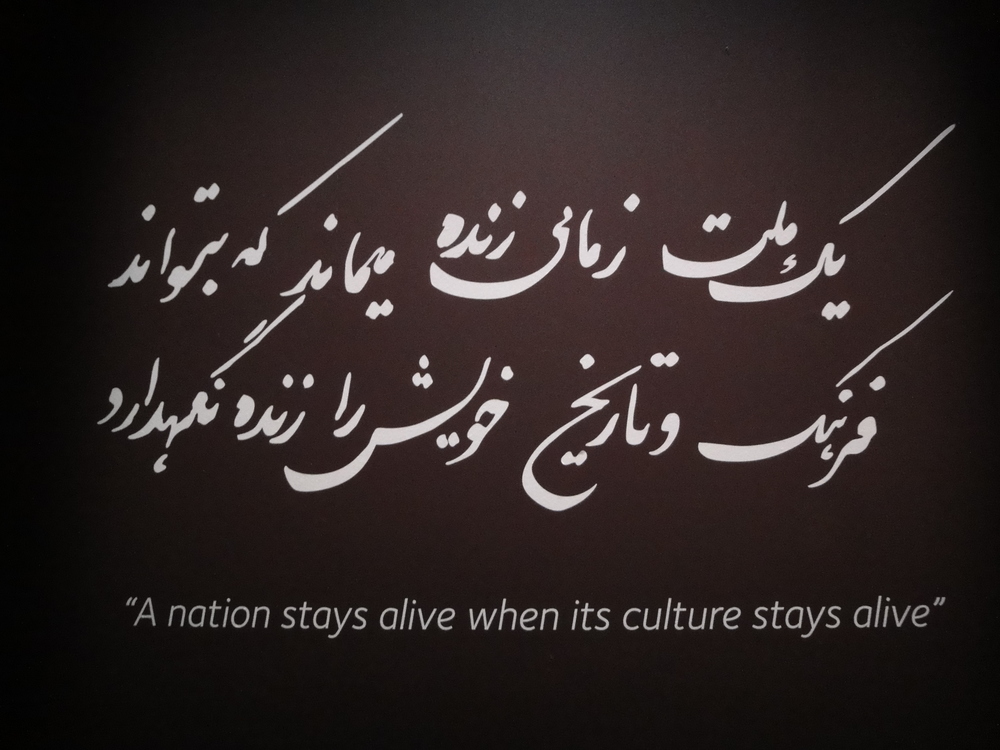
It was said by one key-holder that “a
nation stays alive when its culture stays alive”. The rich story unravelled in ‘Afghanistan:
Hidden Treasures from the National Museum, Kabul’ is one bold and significant step
in achieving this.
‘Afghanistan:
Hidden Treasures from the National Museum, Kabul’ runs from now until July 28,
2013 at Melbourne Museum. Adults $24, concession $16, children $14, MV members
$14. Tickets are on sale by phoning 13 11 02 or via Melbourne Museum’s website.

